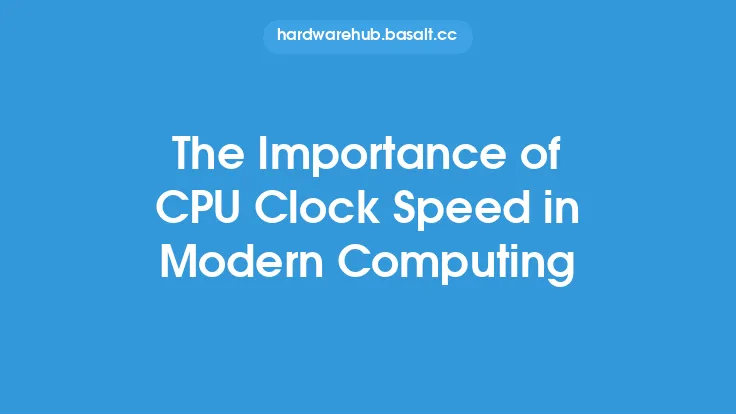In modern computing, the role of CPU integrated graphics has become increasingly important, particularly for general users who do not require the high-performance capabilities of dedicated graphics cards. CPU integrated graphics, also known as integrated graphics processing units (iGPUs), are graphics processing units that are built directly into the central processing unit (CPU) of a computer. This design allows for a more compact and energy-efficient system, making it ideal for laptops, tablets, and other portable devices.
Introduction to CPU Integrated Graphics
CPU integrated graphics have been around for several decades, but their performance and capabilities have improved significantly over the years. Modern CPU integrated graphics are capable of handling a wide range of tasks, from basic graphics rendering to more complex computations such as video encoding and 3D graphics rendering. The integration of graphics processing units into the CPU has also enabled the development of more efficient and compact systems, which has led to the creation of thinner and lighter laptops, as well as more powerful tablets and smartphones.
Architecture and Design
The architecture and design of CPU integrated graphics vary depending on the manufacturer and the specific CPU model. However, most modern CPU integrated graphics are based on a unified shader architecture, which allows for more efficient and flexible processing of graphics and compute tasks. The unified shader architecture is designed to handle a wide range of tasks, from basic graphics rendering to more complex computations such as video encoding and 3D graphics rendering. The architecture typically consists of a number of execution units, which are responsible for executing the instructions and performing the necessary calculations.
Performance and Capabilities
The performance and capabilities of CPU integrated graphics have improved significantly over the years, thanks to advances in manufacturing technology and architecture design. Modern CPU integrated graphics are capable of handling a wide range of tasks, from basic graphics rendering to more complex computations such as video encoding and 3D graphics rendering. The performance of CPU integrated graphics is typically measured in terms of their ability to handle graphics and compute tasks, such as 3D graphics rendering, video encoding, and scientific simulations. The performance of CPU integrated graphics can also be affected by the amount of memory available, as well as the speed and bandwidth of the system memory.
Power Consumption and Efficiency
One of the key advantages of CPU integrated graphics is their low power consumption and high efficiency. Because the graphics processing unit is integrated into the CPU, it can share the same power supply and cooling system, which reduces the overall power consumption of the system. This makes CPU integrated graphics ideal for laptops and other portable devices, where power consumption is a critical factor. The low power consumption of CPU integrated graphics also makes them more suitable for applications where power consumption is a concern, such as in data centers and other large-scale computing environments.
Applications and Use Cases
CPU integrated graphics have a wide range of applications and use cases, from general computing and gaming to scientific simulations and video encoding. They are particularly well-suited for applications where high-performance graphics are not required, such as web browsing, office work, and streaming video. CPU integrated graphics are also commonly used in laptops and other portable devices, where their low power consumption and high efficiency make them ideal for applications where power consumption is a concern. In addition, CPU integrated graphics are also used in a wide range of embedded systems, such as set-top boxes, gaming consoles, and other consumer electronics devices.
Comparison with Dedicated Graphics
CPU integrated graphics are often compared to dedicated graphics cards, which are separate graphics processing units that are designed specifically for high-performance graphics and compute tasks. Dedicated graphics cards are typically more powerful than CPU integrated graphics, but they also consume more power and generate more heat. CPU integrated graphics, on the other hand, are more energy-efficient and compact, making them ideal for applications where power consumption is a concern. However, dedicated graphics cards are still the preferred choice for applications that require high-performance graphics, such as gaming and scientific simulations.
Conclusion
In conclusion, CPU integrated graphics play a critical role in modern computing, particularly for general users who do not require the high-performance capabilities of dedicated graphics cards. Their low power consumption, high efficiency, and compact design make them ideal for laptops, tablets, and other portable devices. While they may not be as powerful as dedicated graphics cards, CPU integrated graphics are capable of handling a wide range of tasks, from basic graphics rendering to more complex computations such as video encoding and 3D graphics rendering. As technology continues to evolve, it is likely that CPU integrated graphics will become even more powerful and efficient, making them an even more attractive option for a wide range of applications and use cases.





